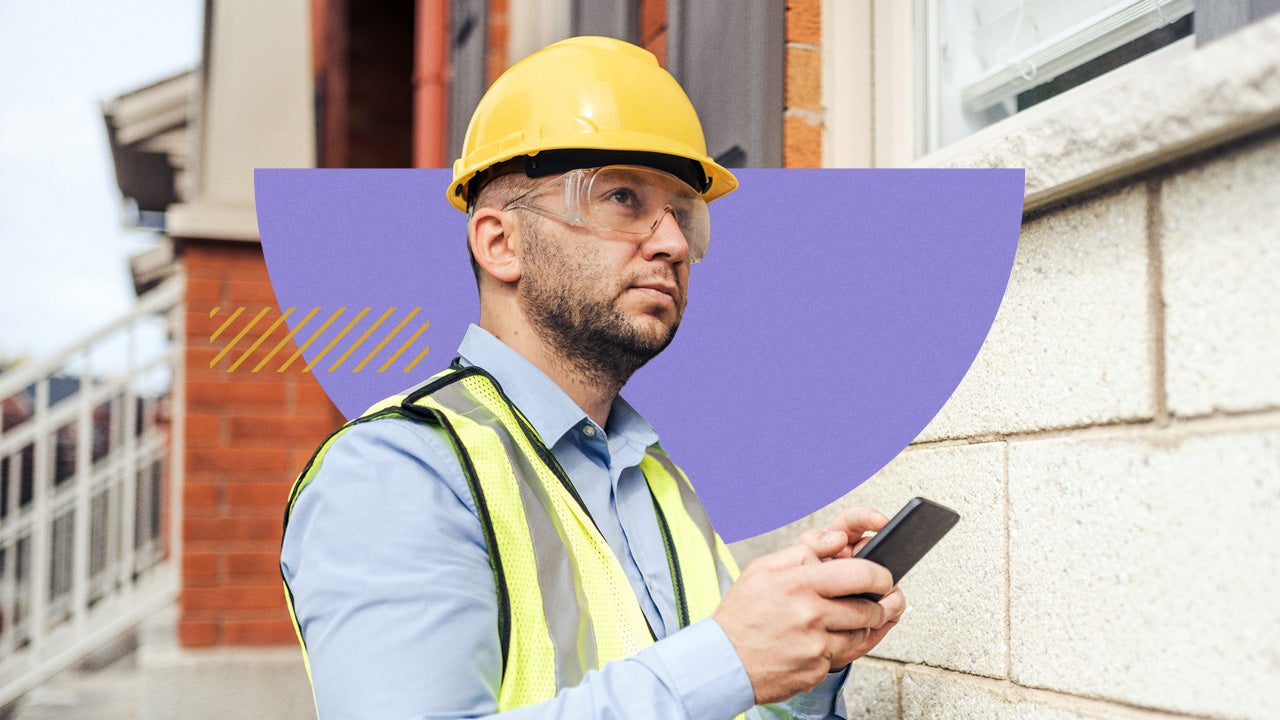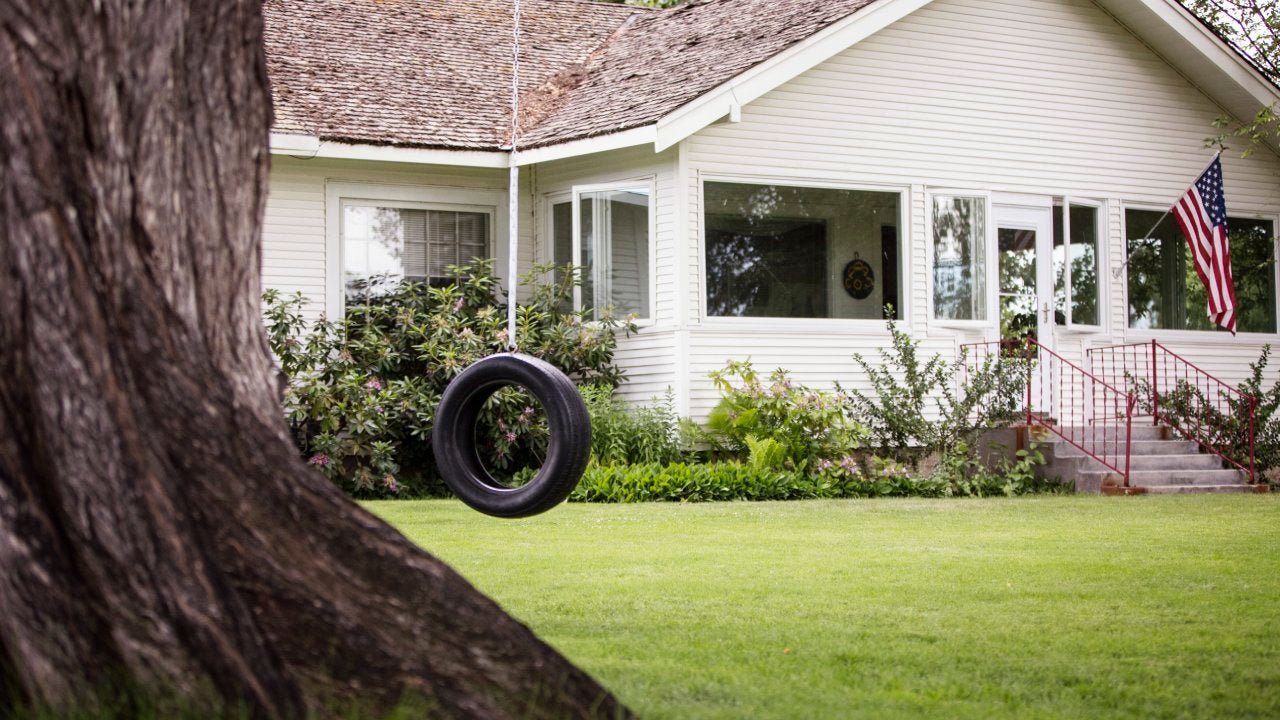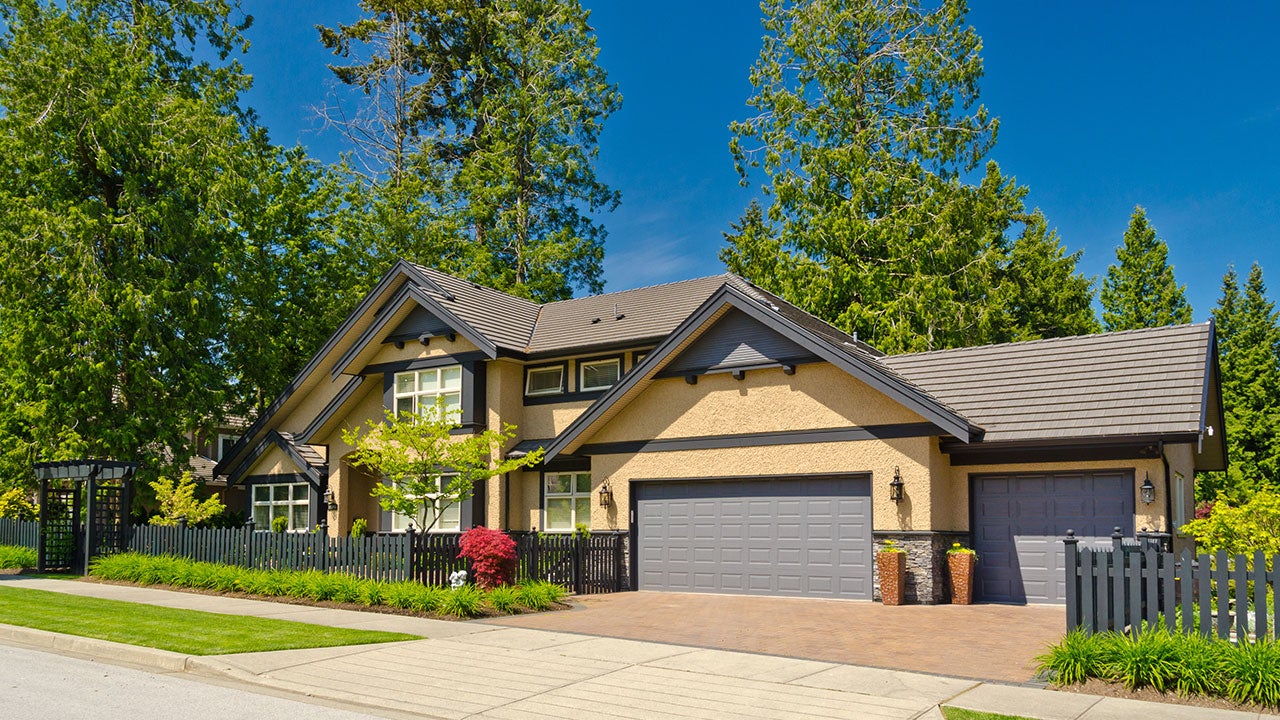FHA construction loan: What it is and how to get one

Key takeaways
- An FHA construction loan is a type of FHA loan that covers the cost of building a home, including the land or lot purchase, building materials and labor.
- There are two types of FHA construction loans: an FHA construction-to-permanent loan and an FHA 203(k) loan.
- An FHA construction loan can be rolled into an FHA permanent mortgage.
If you’d rather build a home than buy one, an FHA construction loan could help pay for the project. Like a regular FHA loan, this type of financing is insured by the Federal Housing Administration (FHA) and offered by FHA-approved mortgage lenders. Here’s how to get one.
What is an FHA construction loan?
An FHA construction loan is a type of FHA loan used to build a home. It works like a conventional construction loan by providing short-term financing for a range of construction costs, from the architect’s fee to the certificate of occupancy. Often, borrowers convert these loans to long-term mortgages once the house is built.
Unlike conventional construction loans, however, FHA construction loans are insured by the FHA. That means if you have a down payment of at least 3.5 percent, you could qualify for the loan with a credit score as low as 580.
How does a construction loan work?
Types of FHA construction loans
- FHA construction-to-permanent loan: An FHA construction-to-permanent loan finances the ground-up construction of a home — including the purchase of the land or lot — then converts to a regular FHA mortgage. This is also known as a one-time or single-close loan; you won’t have to pay closing costs for two separate loans.
- FHA 203(k) rehab loan: An FHA 203(k) loan finances the cost of buying an existing home and completing renovations and repairs. There are two types of 203(k) loans: a standard 203(k) for renovations costing $35,000 or more (moving to $75,000 or more for FHA case numbers assigned after November 4, 2024) and a limited 203(k) for smaller-scale, less expensive projects. Either option allows you to obtain one loan to buy and fix up a home, instead of two loans.
FHA construction loan requirements
The qualifying requirements for an FHA construction loan are similar to those for standard FHA loans, but with a few additions.
To qualify for any FHA loan, you’ll need to meet the following criteria, at minimum:
- Credit score: At least 580, or as low as 500 if putting down at least 10 percent
- Debt-to-income (DTI) ratio: No more than 43 percent (with some exceptions)
- Down payment: 3.5 percent with a credit score of at least 580, or at least 10 percent with a credit score between 500 and 579
- Loan limits: No more than the FHA loan limits for the year; for 203(k) loans, no more than the FHA loan limits, the home’s after-renovation value plus improvement costs or the home’s after-renovation value, whichever is less (you can search for the limit in your area using the FHA’s lookup tool)
- Mortgage insurance: Upfront and annual FHA mortgage insurance premiums, paid for the life of the loan in most cases
- Occupancy: Primary residences only
On top of these requirements, FHA construction loans require satisfactory documentation detailing the construction or renovation project, including information about the contractor you plan to work with. For a standard 203(k) loan, you’ll be assigned a 203(k) consultant to estimate the remodeling or repair costs.
Whether you get a construction-to-permanent or rehab loan, the work will also be subject to inspection as the project progresses.
How to get an FHA construction loan
You can get an FHA construction loan from an FHA-approved lender, though not every FHA lender offers this type of financing. If you’re not sure where to start, search the U.S. Department of Housing and Urban Development’s list of lenders by state or county. You can filter for 203(k) lenders, too, if that’s the type of loan you’re after.
From there, the process involves connecting with a contractor and getting preapproved for financing. Here’s an overview:
- Prepare your credit and finances. Construction loan interest rates are often higher than the rates for a regular mortgage. While you can get an FHA loan with a relatively low credit score and down payment, a better score and a higher down payment could help you get a lower rate and pay less in mortgage insurance. If you plan to build a brand-new home, you’ll also want extra stashed away for the inevitable budget snags that come up in construction. Here’s more on the cost of building a home.
- Partner with a contractor and real estate agent. Whether you plan to build a home or renovate an existing property, you’ll need to work with a contractor to learn your costs and draw up plans, then provide these details to your lender for approval. If you’re getting a standard 203(k) loan, you’ll also work with a 203(k) consultant to estimate costs. From there, a real estate agent can help you find the right parcel of land, lot or fixer-upper.
- Get preapproved for a construction or rehab loan. You’ll need to meet FHA loan requirements and any other criteria your lender stipulates. If you qualify, your lender will base the loan amount on the appraised after-construction or after-renovation value of the home.
Alternatives to an FHA construction loan
An FHA construction loan is just one type of construction financing. While it can help you build or renovate a home, you can’t use it for an investment property or vacation home, and you’ll have to pay mortgage insurance premiums, which add to your costs. Here are alternatives to consider:
- Conventional construction loans: More widely available than FHA construction loans, conventional construction loans include construction-to-permanent and construction-only options. But there are two downsides to note. First, you’ll need to come up with a higher down payment than if you chose an FHA-backed loan. Secondly, the minimum credit score for construction loan financing that isn’t backed by the FHA is usually higher. That said, you won’t have to pay mortgage insurance for the entire loan term, unlike most borrowers with an FHA loan.
- Renovation loan: Instead of a 203(k) loan, you might look into a conventional HomeStyle renovation loan, which provides financing for up to 75 percent of the home’s after-renovation value.
- VA or USDA construction loans: If you’re a service member or veteran or have a lower income and want to build a home in a qualifying rural area, consider a VA or USDA loan, respectively. These don’t require a down payment or mortgage insurance and can have flexible credit standards. You’ll need to pay a one-time funding fee for the VA loan and guarantee fees for a USDA loan, however.
- Home equity options: If you want to make improvements to your home or another property you own, you might have enough equity in your current home to make that happen. Depending on your needs and goals, the options include a home equity loan (a second mortgage) or a home equity line of credit, known as a HELOC.
- Refinance and take cash out: If interest rates have gone down since you got your mortgage, you might be able to refinance to a new, bigger loan with a lower rate and cash out some of your equity to pay for renovations. Generally, this option works best for homeowners who can get a lower rate, have equity to spare and plan to do extensive remodeling.
FAQ
You may also like

How to prepare for a home insurance inspection

What is a FHA streamline refinance?

How to find the best FHA mortgage lender




